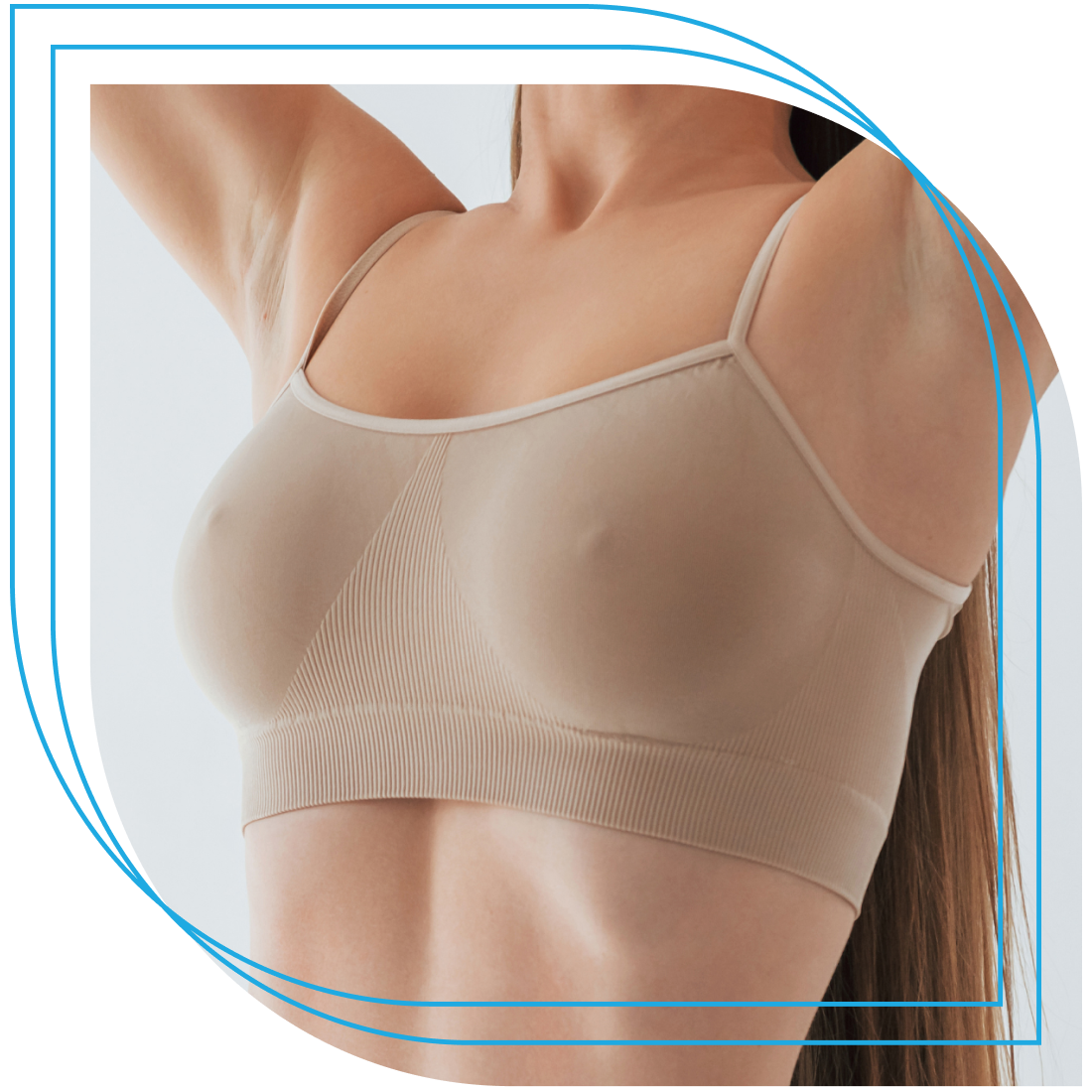Our Plastic
Surgery Services
Looking to upgrade your appearance and boost your confidence? World-class plastic surgeon Dr. Samuel V. Bartholomew offers a comprehensive range of plastic surgery procedures to help turn your aesthetic vision into reality.
Whether you're interested in breast augmentation, liposuction, or any other cosmetic procedure, Dr. Bartholomew has the expertise and experience to deliver the eye-catching, enduring results you’re looking for.
Learn More
For more information about any of our procedures, please contact us. We look forward to helping you achieve optimal oral health.







